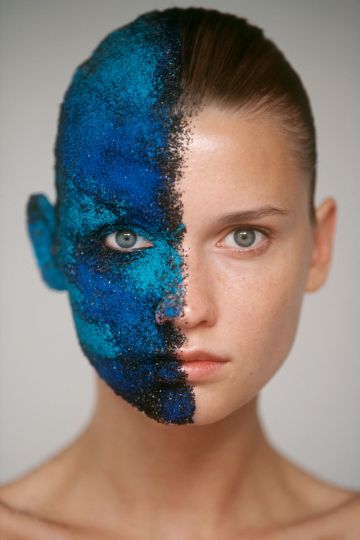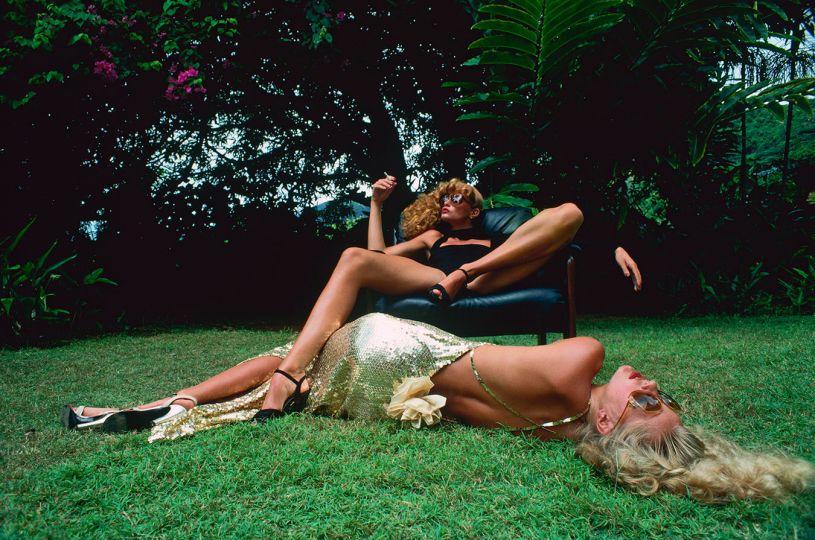Clara Bouveresse met Charles Harbutt ” three months ago, he gave her one of his last interview.
American photographer Charles Harbutt probed the depths and rarely remained on the surface of events. He gave one of his last interviews to Clara Bouveresse, last April in New York.
“At the beginning of the story the man is dead. At the end of the story he’s alive”, reported Charles Harbutt with a smile, a few months ago. This story was about a man revived by a heart massage in a New York hospital. Picture after picture, the photographer showed the gestures that bring a victim back to life – the technique was still confidential. It was in 1964, the story was published in Life magazine.
Fifty years later, these gestures did not save him. On the night of June 29, he died of a heart attack, at 79. He was giving a photography workshop in Tennessee.
A former member of New York-based cooperative Scope, Charles Harbutt joined Magnum Photos in 1963. He became president of the famous cooperative in 1970-1972 and 1976-1978. For twenty years, he covered American and international news and experimented social documentary. “The newspapers, you would get the surface from them.” He “wanted to get the heart of the event”.
In 1969, he imagined the book and exhibition “America in Crisis”. With his Magnum colleagues, he drew the portrait of an “angry, furious” nation. Contestation rumbled: civil rights protests, students’ demonstrations, and pacifist activism against the war in Vietnam. Charles Harbutt decided to explore the failure of the American Dream.
In the exhibition, a six-minute long movie assembled photographs with an electronic soundtrack distorting the national anthem. Visitors could play with a casino-inspired “picture bandit”: pulling a crank, they would trigger the random and simultaneous projection of three photographs. The same combination could only occur every 500 000 times. “Sometimes in the course of you standing there, it would be funny, or it would be shocking, and the audience would respond”, he remembered proudly last April. These odd and bitter juxtapositions undermined the idea of a collective narrative, and exposed the national crisis.
This game of chance, “à la John Cage”, was inspired by Marshall McLuhan ideas on the simultaneity of events in the global village. Fascinated by luck, Charles Harbutt wanted to shake our relation to images. “Sometimes pictures contradict their captions; I would just hope people are able to read the picture, and not their caption.”
His pioneering questions on photographs’ power consumed his “belief in journalism”. He then decided to leave Magnum, in 1981. With other photographers, including his spouse Joan Liftin and Mary Ellen Mark, he founded Archive Pictures. His photographs were published in his 1974 Travelog, and in his profound and subtle 2012 book, Departures and Arrivals.
His archives are kept at the Center for Creative Photography of Tucson, Arizona, since 1997. During this last interview, he concluded: “I would like my work to be available to people forever”.
















